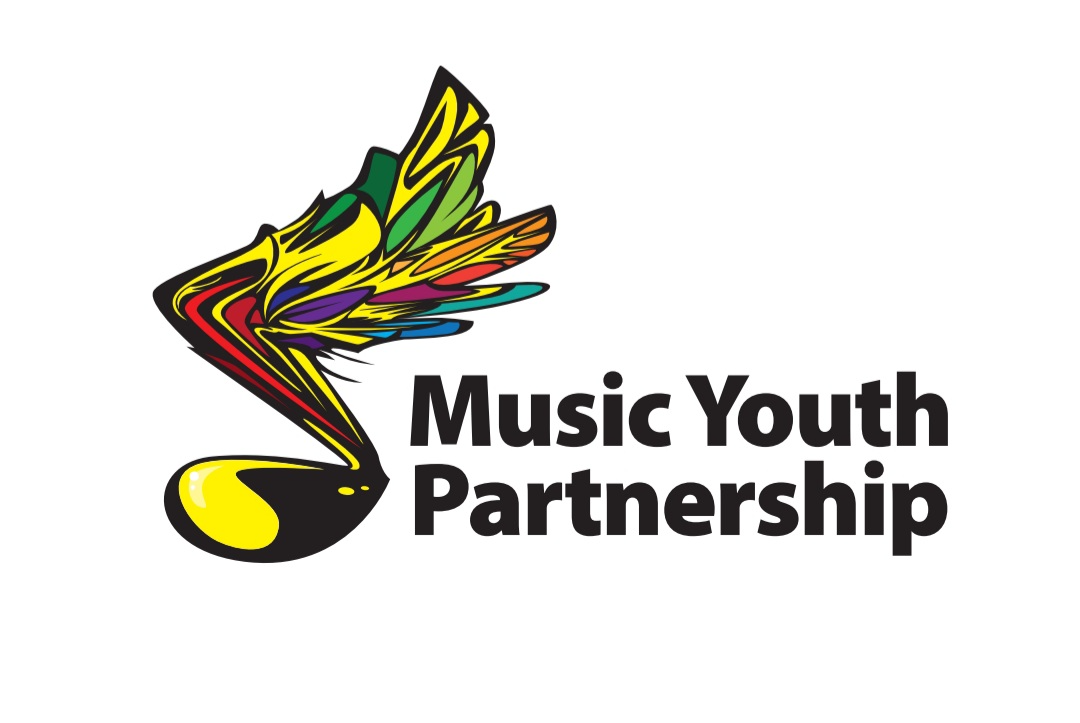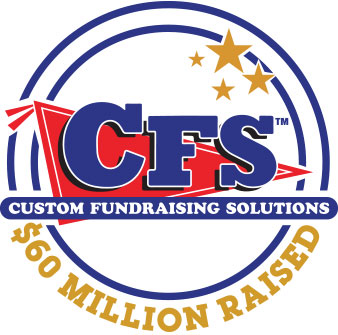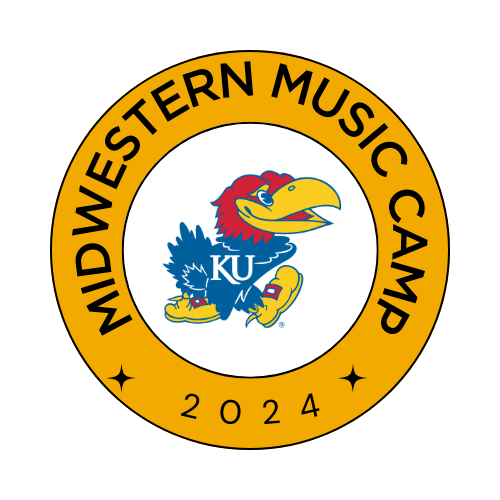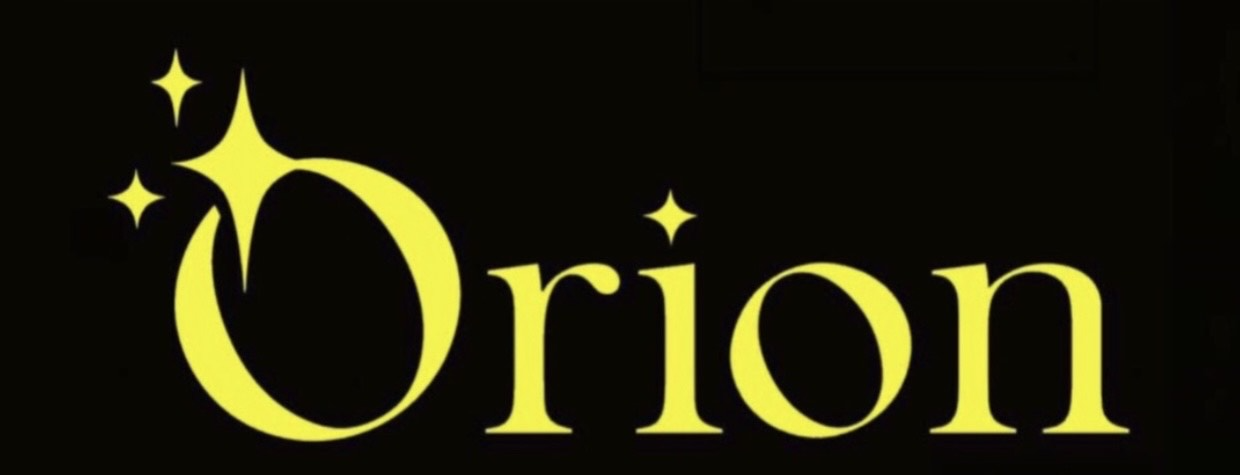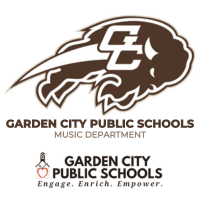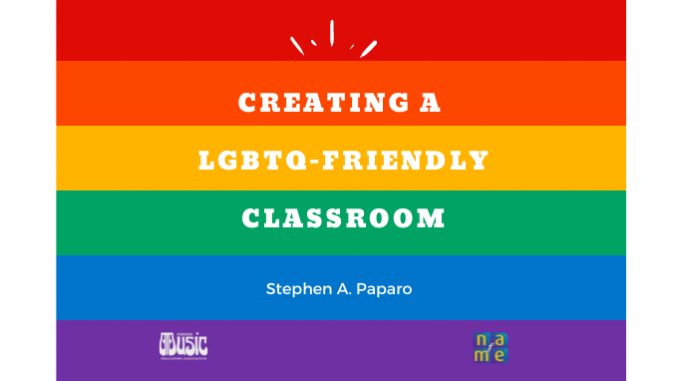
by NAfME Member Stephen A. Paparo, Ph.D.
Assistant Professor of Music Education
University of Massachusetts Amherst
Reprinted with permission from Music in the Minuet blog.
Do you know your ABC’s when it comes to an LGBTQ-friendly classroom? As students across the country come out as lesbian, gay, bisexual, transgender, queer and questioning, you might be wondering what you need to know and can do to create a more inclusive and affirming classroom for all students, regardless of sexual and gender identities.
Before sharing some practical suggestions, let’s first answer the question: why?
Throughout our society, there is an assumption that everyone is heterosexual–meaning that they are romantically and sexually attracted to the opposite sex. While heterosexuality is most common, sexuality, in fact, varies. Kinsey’s research from the 1940s revealed that human sexuality falls along a continuum. More recently, other theories and research suggest that one’s sexuality can be fluid and change over a person’s life.
Similarly, there is a belief that gender is a binary concept–meaning that one is either male or female. However, like sexuality, gender identity–one’s own internal sense of who they are–maybe fluid and may not correspond with one’s biological sex. Given these widely-held societal beliefs, students–those who identify as non-heterosexual and non-gender conforming and those who are merely perceived as being non-heterosexual and non-gender conforming–experience discrimination, harassment, and victimization in schools. Teachers, administrators, parents, students, and community members must take an active role to create safe and welcoming environments.
Here is a preview of my session on “ABC’s for creating an LGBTQ-friendly classroom” from 2016:
- Address the class as a group, such as “Ms. Thompson’s class” or “Eighth Grade Band,” rather than by “boys and girls.” In choral settings, address sections as “sopranos and altos” and “tenors and basses,” rather than “women” and “men” or use “part 1” and “part 2” etc., so the focus is on the music rather than on students’ gender.
- Build a network of colleagues and other professionals in your school and community who support LGBTQ students and their families.
- Come out as LGBTQ or Ally, where appropriate. While it may not be appropriate to discuss your sexual identity in your school setting, it is absolutely appropriate to show support for LGTBQ students whom you teach.
- Display “Safe Space” stickers in your classroom and on your door. Stickers are available as free downloads at http://www.glsen.org/safespace.
- Expect that students will treat each other with respect in accordance with “Zero tolerance,” “No bullying,” or other school policies. Always intervene to stop name-calling, bullying, and harassment.
- Facilitate discussion with individual students regarding their vocal range and voice part assignment. Ask if they are comfortable with their singing voice relative to their gender identity and make adjustments as necessary.
- Get to know your LGBTQ families. According to the Williams Institute Report (2013), as many as 6 million children and adults have an LGBT parent, and there are more than 125,000 same-sex couple households with children.
- Honor students’ names. While certain names are gender-specific, such as John and Sara, other names are unisex or gender-neutral, such as Jordan, Taylor, and Storm. It is common for a student to choose a name other than what is on the official class roster to better fit their gender identity.
- Include LGBTQ composers, musicians, poets, and artists in the curriculum, when appropriate.
- Join the Gay, Lesbian, Straight Educators Network (GLSEN.org).
About the Author:
NAfME member Stephen A. Paparo is an Assistant Professor of Music Education at the University of Massachusetts Amherst. He holds degrees from Michigan State University (Ph.D.), Syracuse University (M.M.), and Ithaca College (B.M.), and is a Guild Certified Practitioner of the Feldenkrais Method® of Somatic Education. Dr. Paparo is active as a guest conductor and regularly presents at state, national, and international conferences. He is President-Elect for the Massachusetts chapter of the American Choral Directors Association and has served as Student Activities Chair since 2013. His research interests include the application of the Feldenkrais Method to singing instruction in the choral setting, non-traditional choral ensembles, such as contemporary collegiate a cappella, virtual choirs, circle singing groups, and LGBTQ studies in music education. He is published in Bulletin for the Council of Research in Music Education, International Journal of Music Education, and Music Education Research, and has a chapter, “Circle Singing: Composing Improvisation and Improvising Composition” in Musicianship: Composing in Choir, published by GIA.







